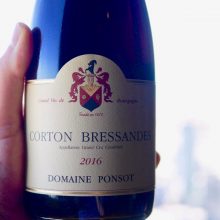
Product information
Domaine Ponsot Corton Bressandes Grand Cru 2016
$880
Description
The Corton Bressandes shows a significant step up in sophistication over the Corton Cuvée Bourdon. It has greater harmony, layering of superfine tannins. A much more complete wine. Historical Corton has produced bold, often rustic wines. The producer who have invaded from the Côtes de Nuits are producing finer wines with greater elegance. Ponsot’s certainly sit in this basket.
Out of stock





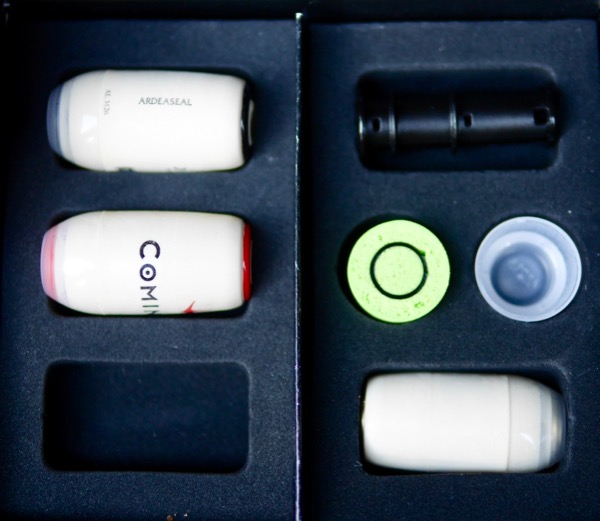
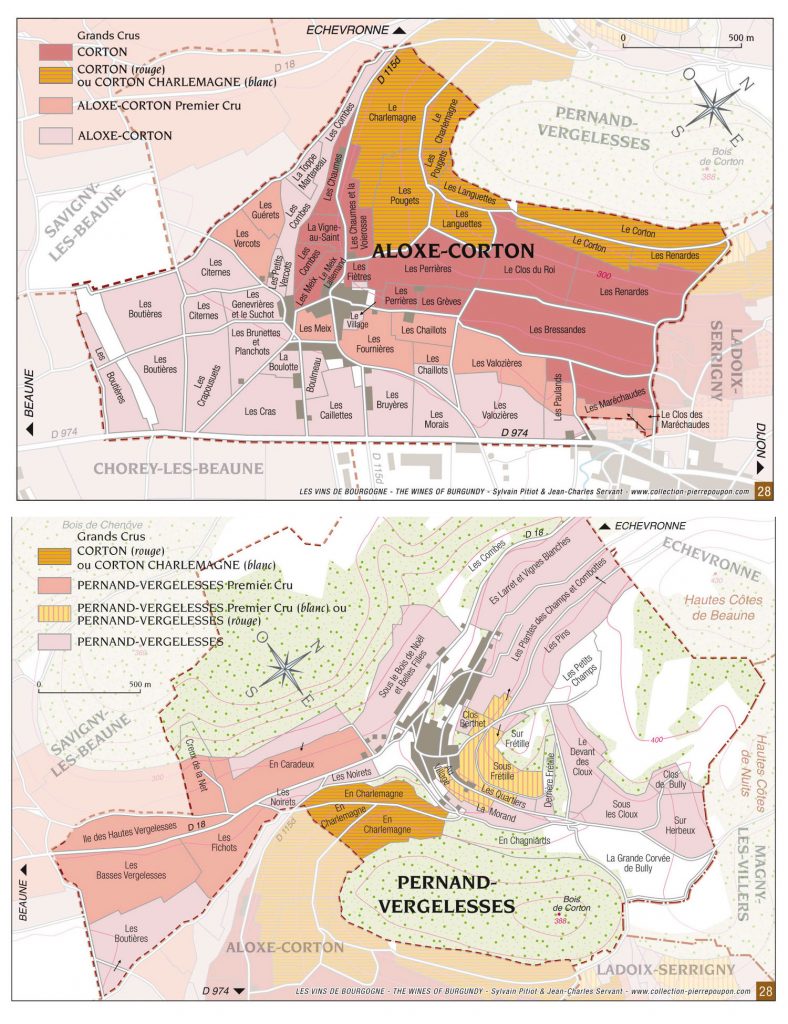
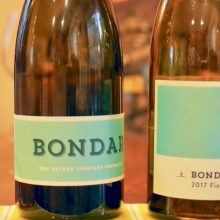
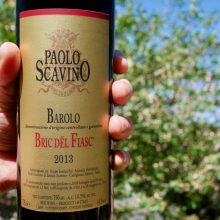
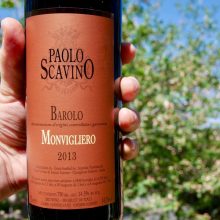
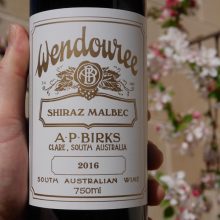
You must be logged in to post a comment.